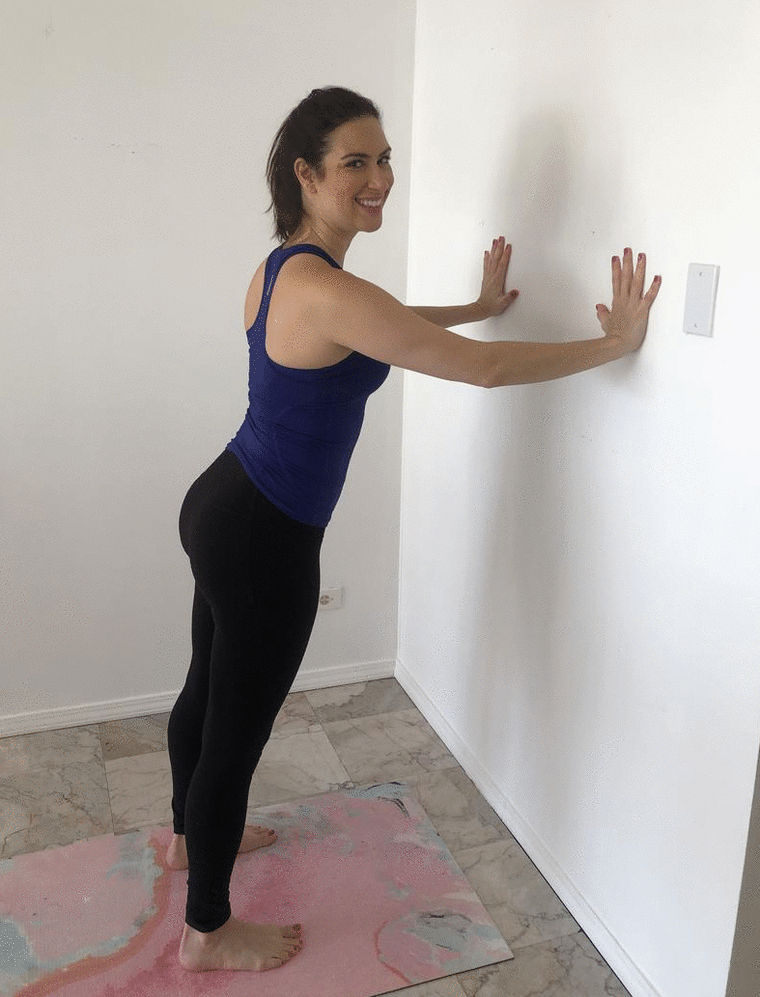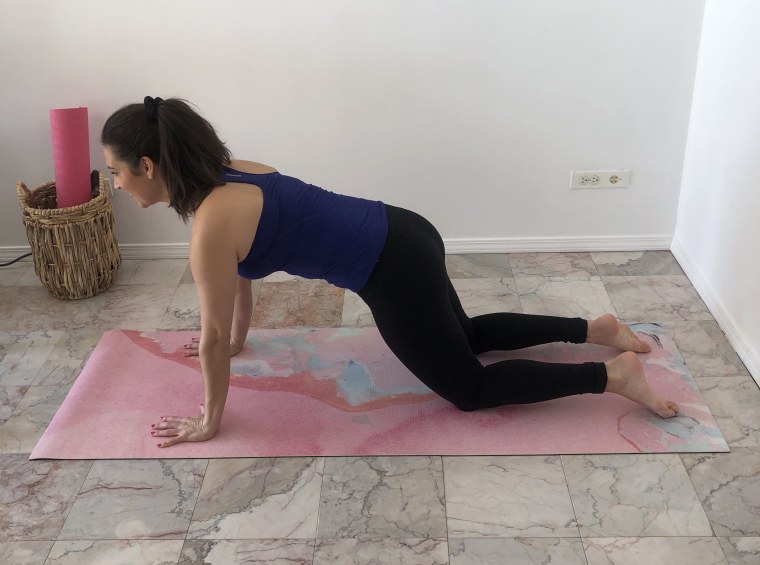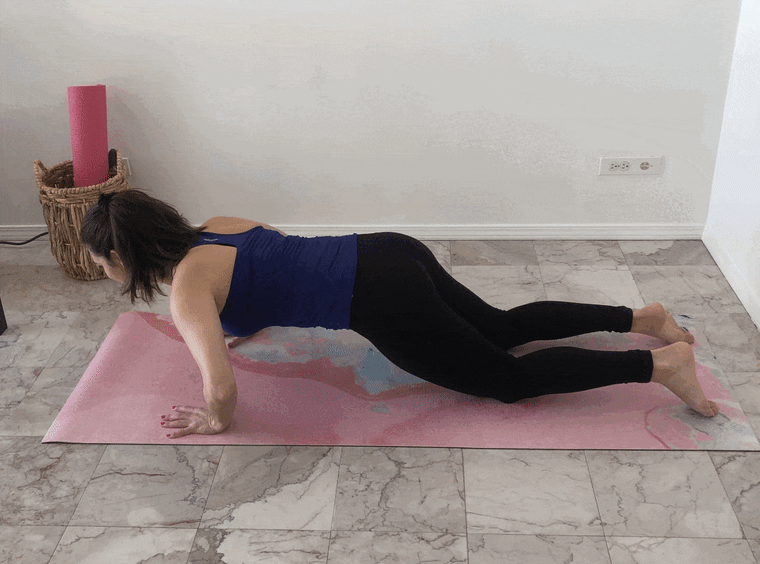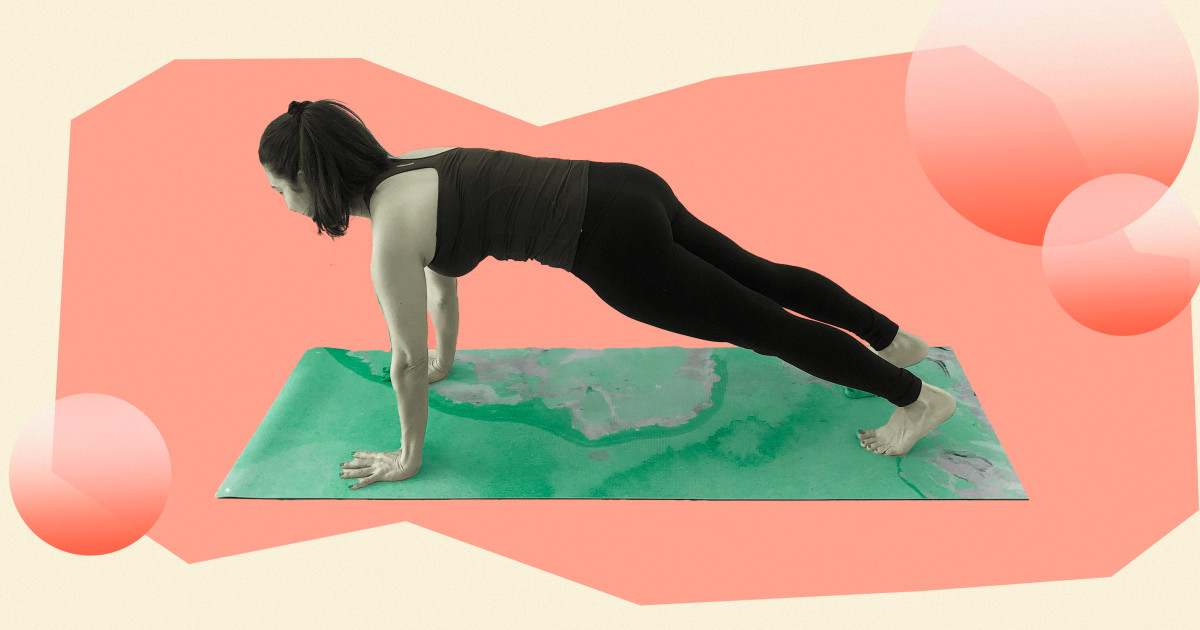Welcome to Start TODAY. Sign up for our Start TODAY newsletter to receive daily inspiration sent to your inbox — and join us on Instagram!
The plank works the entire body — the core, abs, arms, back, shoulders, glutes and lower body, and it can help with back pain. I recommend that my clients include this low-impact exercise regularly in their workout routine.
Planks are much harder than they look — the position uses so many muscle groups, it’s easy to do it incorrectly. I recommend doing a modified plank if you’re new to fitness so you avoid the risk of injury.
To do a modified version of the plank, follow the instructions below and check out the exercises that will help you build the strength necessary for the full move.
Plank benefits
To get all of the benefits of this full-body exercise, be sure to engage the core, thighs, arms and back, a part of the body that people often overlook. The benefits of a properly done plank include:
- Improved core strength
- Better balance and posture
- Reduced belly fat
Plank form mistakes
Many people arch the back when they do a plank — this is a mistake. When the core is not engaged, it defeats the purpose of the exercise. Be sure to tighten your abs, pull the belly button towards the spine, and make sure your tailbone is reaching towards your heels. Having good form will reduce the risk of back pain and injury.
Another common mistake is to allow the head to drop down, which can strain the neck, so keep the top of your head reaching forward with your gaze on the floor in front of your hands.
How to plank
Getting into a plank with proper form is a process:
- Place your hands and knees on a mat, lining up your shoulders over your wrists, with your wrists parallel with the front of the mat.
- Next, make sure that your shoulders stay over your wrists, so your hips will not be over your knees anymore; your hips will be further forward, and your knees will be behind your hips.
- Engage the abs! Pretend there is fire on the mat and you need to pull your stomach away from the fire.
- Lift your legs up off of the ground and squeeze your quads, reaching your heels toward the back of the room.
- Keep your head and neck elongated, and if you have a mirror, check yourself out to ensure that you’re in one straight line!
How to do a modified plank
If you begin to arch the back while doing a standard plank, it means you don’t quite have the strength yet. Don’t worry: Plenty of my clients struggle with this. When your muscles fatigue, you start to rely on the back muscles instead of the core to hold you up in the plank position.
So I suggest people start with a modified plank and work their way up to a full plank in order to develop the core strength necessary to perform the move with proper form.
One easy modification is to bend the knees and rest on the ground. Keep your torso straight from your head to your tailbone and continue to pull your belly button inward, tightening the core. This modification allows you to really focus on your form and build up core strength without the risk of injury.
How long to hold a plank
Once you’re ready for a full plank, start slow. Hold the position for 10 seconds and then take a break. Do 3 rounds of a 10-second plank each day for a few weeks to build strength. Then, work your way up to longer intervals with two, 15-second planks and then a full 30 seconds. You will eventually work your way up to a 60-second plank. But make sure to dial it back if you ever feel your back start to arch.
Four plank exercises to try
These exercises will help you get used to properly engaging your core, and the entire body, like you need to do when performing a full plank.

Wall pushups
Place your hands flat on the wall and step your feet back a few steps away from the wall so that your body is at an angle. Perform a pushup. Repeat 10 times. This will get your core warmed up for the next few moves.

Modified plank
Move to a pushup position on your hands and knees and hold. This modified plank position will work your entire core, but in a less intense way, allowing you to really focus on your form. Hold for 10 seconds, then release. Repeat two more times.

Modified pushups
From this modified plank position, perform 10 pushups by lowering your chest to the ground and then pushing the ground away to return to the starting position. Modified pushups allow you to gradually increase the intensity of the move and challenge your balance — slowly working your way up to the plank.

Forearm plank hold
Move from your hands down to your forearms and straighten your legs so that you are now balancing on your toes in a low-plank position. Hold this for 10 seconds, release. Repeat two more times.
Run through this sequence, gradually increasing the time you hold each position until you feel ready to attempt a full plank. When you do, start slow, holding the full plank for just 10 seconds and steadily working your way up to longer intervals.
Read the full article here
















